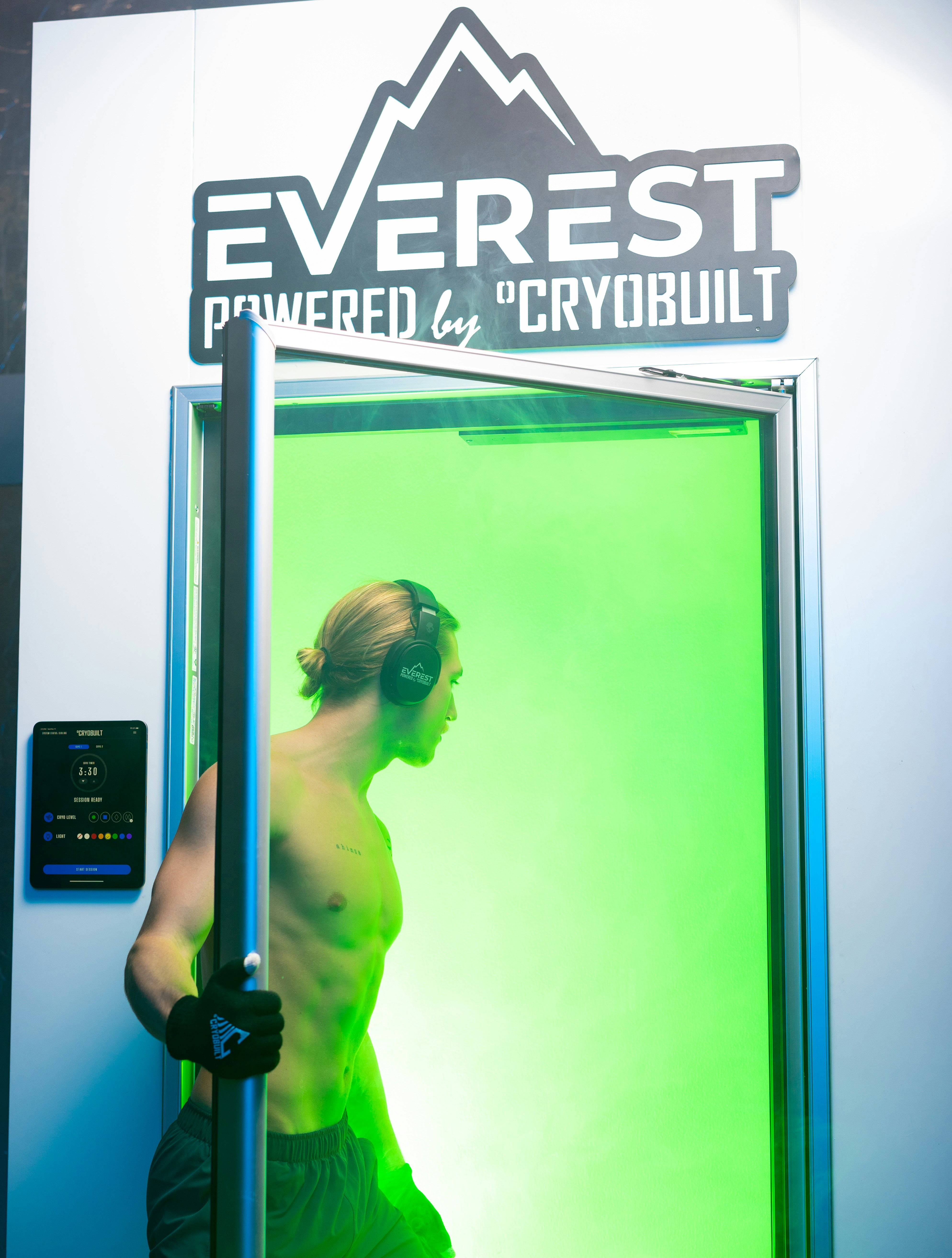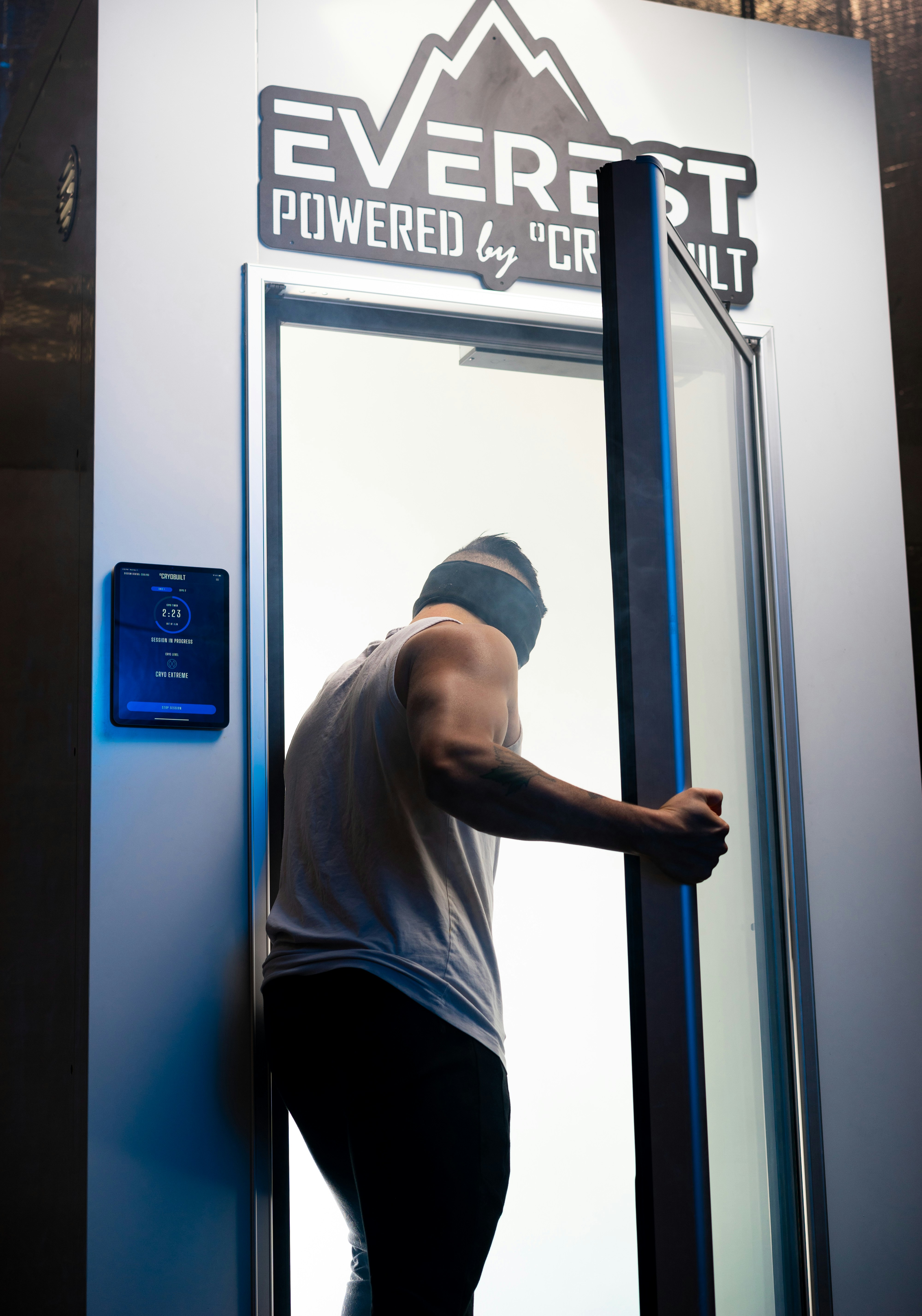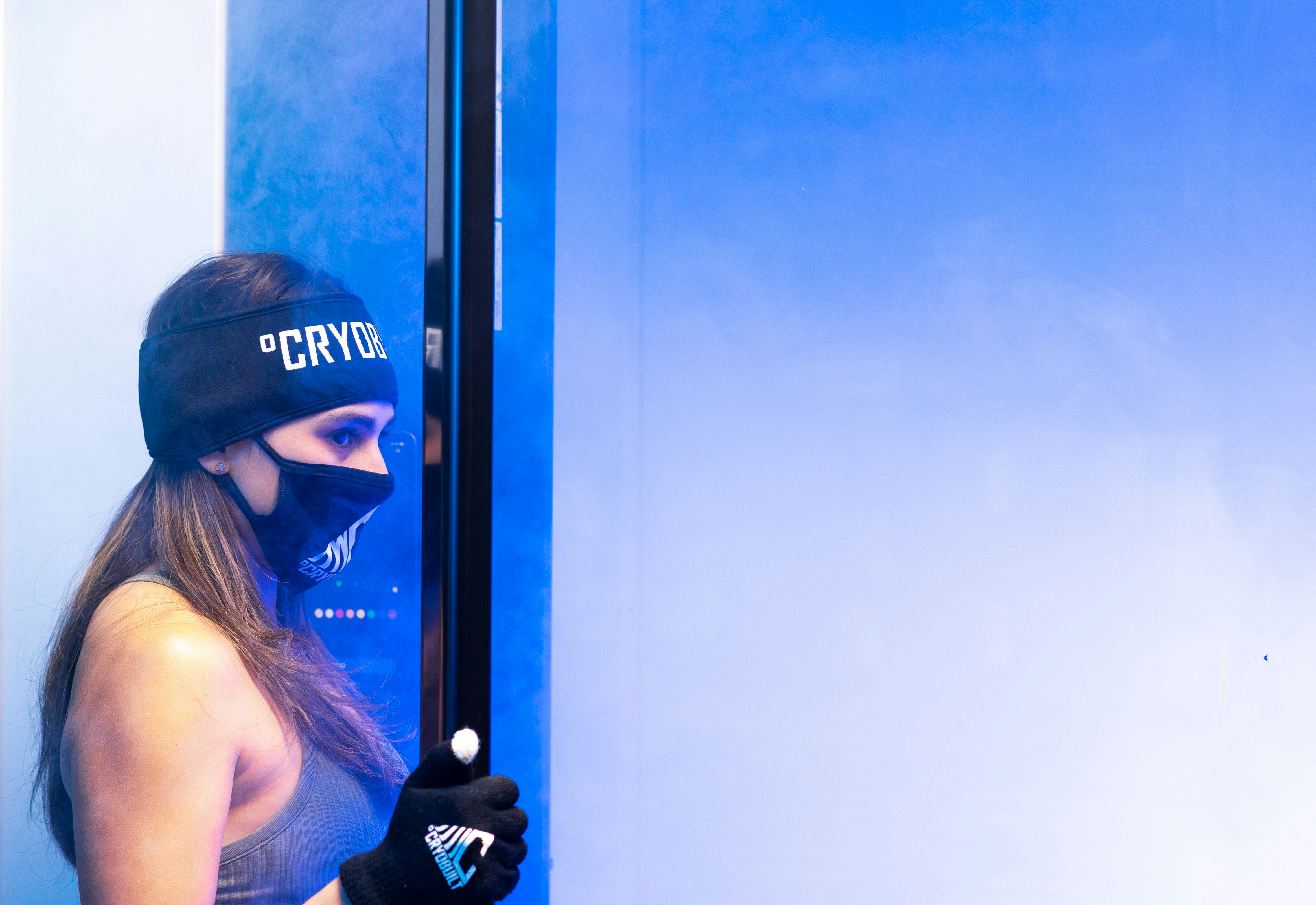Have you ever wondered why immersing yourself in cold water or using cold packs can help alleviate feelings of anxiety? It’s a growing interest that many people seem to share as the benefits of cold therapy become more widely recognized. While the idea of subjecting yourself to chilly temperatures might seem daunting at first, the potential for soothing frazzled nerves is quite promising. Let’s dive into the science that links cold therapy with reduced anxiety symptoms, and why you might find this method surprisingly effective.
Understanding Anxiety: What Happens in Your Body?
Anxiety can sometimes feel like a constant companion that you never wanted. It’s a complex condition with a plethora of symptoms, affecting your mental, emotional, and even physical state. When you’re anxious, your body’s “fight or flight” response gets activated, often releasing stress hormones like adrenaline and cortisol. This response is excellent for short-term survival but not particularly helpful when it becomes a chronic state. By setting the stage here, you can appreciate the relief that a seemingly simple practice like cold therapy can offer.
Physiological Symptoms of Anxiety
Anxiety doesn’t just put a strain on your mind; your body feels it, too. You might notice an elevated heart rate, sweating, palpitations, and even gastrointestinal disturbances. Essentially, your body is on high alert, waiting for a threat that never comes. This creates a vicious cycle where anxiety fuels these symptoms, and the symptoms, in turn, fuel more anxiety. Breaking this cycle is crucial for regaining a sense of calm and control.
Psychological Symptoms of Anxiety
The mind is always active when anxiety decides to step in. Racing thoughts, excessive worry, and an ongoing sense of impending doom can occupy your mental space. You might find it challenging to focus on tasks or struggle with indecisiveness, which can be incredibly frustrating. Addressing these psychological symptoms is part of the holistic approach needed to manage anxiety effectively.
What is Cold Therapy?
Let’s break it down: cold therapy involves exposing your body to cold temperatures with the aim of reaping certain health benefits. Whether through ice baths, cold showers, or cryotherapy, this method taps into your body’s natural response to cold.
Types of Cold Therapy
There are a variety of ways you can incorporate cold exposure into your routine. Here’s a quick look at different methods:
| Type of Cold Therapy | Description |
|---|---|
| Ice Baths | Immersing your body in a bath filled with ice and cold water, usually for 5-15 minutes. |
| Cold Showers | Taking a shower with cold water instead of hot, generally for a brief duration. |
| Cryotherapy | Using specialized equipment to expose your body to extremely cold air, often for around 2-4 minutes. |
| Cold Packs | Applying an ice pack or cold compress to affected areas of the body. |
Each technique has its own set of benefits and levels of exposure to cold, making it easier for you to choose what suits you best.
Brief History of Cold Therapy
Cold therapy isn’t anything new. Ancient civilizations, such as the Egyptians and Greeks, recognized its healing potential and used cold water for its therapeutic properties. Fast forward to today, and it’s a practice that’s evolved thanks to modern scientific research, allowing us to better understand just how beneficial it can be.
The Science: How Cold Therapy Reduces Anxiety
So, how exactly does cold exposure help reduce anxiety? The explanation isn’t just a simple one-liner. It’s a fascinating interplay between your body’s physical responses and psychological state.
Activation of the Parasympathetic Nervous System
You know how anxiety keeps you in “fight or flight” mode? Cold therapy can help flip that switch off by activating your parasympathetic nervous system, often seen as the “rest and digest” counterpart. This activation can reduce heart rate, improve digestion, and help you feel more calm and collected.
Endorphin Release
Cold exposure triggers the release of endorphins—your body’s natural “feel-good” chemicals. When endorphins flood your system, they help counteract the negative impact stress hormones have on your body and mind, bringing about an improved mood and a decrease in anxiety symptoms.
Reducing Cortisol Levels
Cold therapy can lower cortisol levels in your body. As a key stress hormone, cortisol plays a significant role in how your body responds to stress. Elevated levels are linked with increased anxiety. By reducing cortisol, cold therapy can significantly help in alleviating anxiety symptoms.
The Role of Norepinephrine
Norepinephrine is a neurotransmitter that’s released in response to cold exposure. It helps improve focus, attention, and mood. Keeping your brain more sharp and alert without the accompanying stress is another pathway through which cold therapy aids in reducing anxiety.
Cold Therapy Methods: A Closer Look
You might be wondering which method of cold therapy will work best for you or how to incorporate it into your life without much hassle.
Ice Baths
Taking an ice bath is straightforward. It’s about filling a tub with cold water and ice, then submerging yourself for a few minutes. The initial shock will give way to a full-body numbing sensation, and the deep breathing that it encourages can bring immediate mental clarity and calm.
Cold Showers
Easier to access than an ice bath, cold showers require no special preparation. Just switch that knob over to cold and endure the temperature drop. It’s advisable to start with just a minute or two and gradually increase the time as your body acclimates.
Cryotherapy
Cryotherapy requires specialized facilities and equipment that expose your skin to ultra-cold air temperatures for a short amount of time. It’s a more modern technique that has gained traction for its ability to deliver quick results.
Cold Packs
Cold packs or ice packs offer a localized form of cold therapy. They’re especially useful if certain areas of your body are tense or you’re experiencing localized discomfort that needs relief.
Tips for Safely Practicing Cold Therapy
No matter how eager you are to try cold therapy, being cautious is sensible. It’s important to listen to your body and not overdo it.
Start Slowly
Your body needs time to get used to cold exposure. If you’re diving into ice baths, begin with shorter durations and milder cold until you’re more comfortable.
Monitor Your Body’s Responses
Pay attention to how your body reacts. If you experience any signs of discomfort, like excessive shivering, dizziness, or numbness, end the session immediately and warm up.
Consult with a Professional
Especially if you have underlying health conditions or are pregnant, consulting with a healthcare professional before starting any type of cold therapy regimen is highly recommended.
Balance With Other Therapies
Cold therapy should complement, not replace, other anxiety treatment methods. Whether you’re using medication or therapy, make sure they all work synergistically by discussing your plans with your doctor.
Real-Life Testimonials: Stories From People Like You
Hearing from others who have integrated cold therapy into their anxiety management routines can be inspiring and affirming. They stand as testimonials to how effective this technique can be, offering a glimpse into different journeys and outcomes.
Case Study: Samantha’s Experience with Cryotherapy
Samantha struggled with generalized anxiety disorder for years. When traditional methods provided limited relief, she decided to give cryotherapy a shot. Initially skeptical, she emerged from her first session feeling unusually relaxed. As she made cryotherapy a regular part of her routine, she noticed a substantial decrease in anxiety levels and improved mental clarity.
Personal Account: Jake’s Discovery of Cold Showers
Jake found that cold showers not only helped him manage his anxiety but also boosted his immune system. Starting with 30-second intervals, he slowly increased his time under the cold water. He claims that the practice became more than just therapeutic for his anxiety—it turned into a moment of mindfulness, where the only focus was the sensation of cold and his breathing.

Challenges and Misconceptions
Although cold therapy is widely recognized, it still comes with its set of challenges and misconceptions. Addressing these can guide you on a more informed path.
Discomfort with Cold
It may seem obvious, but the discomfort of cold exposure is a real hurdle for many. The challenge is to distinguish between discomfort that’s beneficial and discomfort that could lead to a harmful experience.
The Myth of Instant Results
While the effects can be immediate for some, not everyone experiences dramatic results right away. It may take multiple sessions for noticeable changes in anxiety symptoms to occur.
Overreliance on Cold Therapy
While cold therapy can bring relief, relying solely upon it without integrating other forms of support can be less effective. A balanced approach is essential for maximum benefits.
Conclusion: Is Cold Therapy Right For You?
Anxiety doesn’t have to be a relentless storm in your life. Bringing cold therapy into your routine can offer a beacon of calm. With a better understanding of its principles, potential benefits, and practical applications, you’re now equipped to decide whether this approach might be right for you. Embrace it at your pace, monitor how your body and mind respond, and see if it could possibly meet some of your needs for anxiety management.
The road to mental well-being includes many paths, and cold therapy might just be the invigorating, refreshing option you’ve been seeking.





